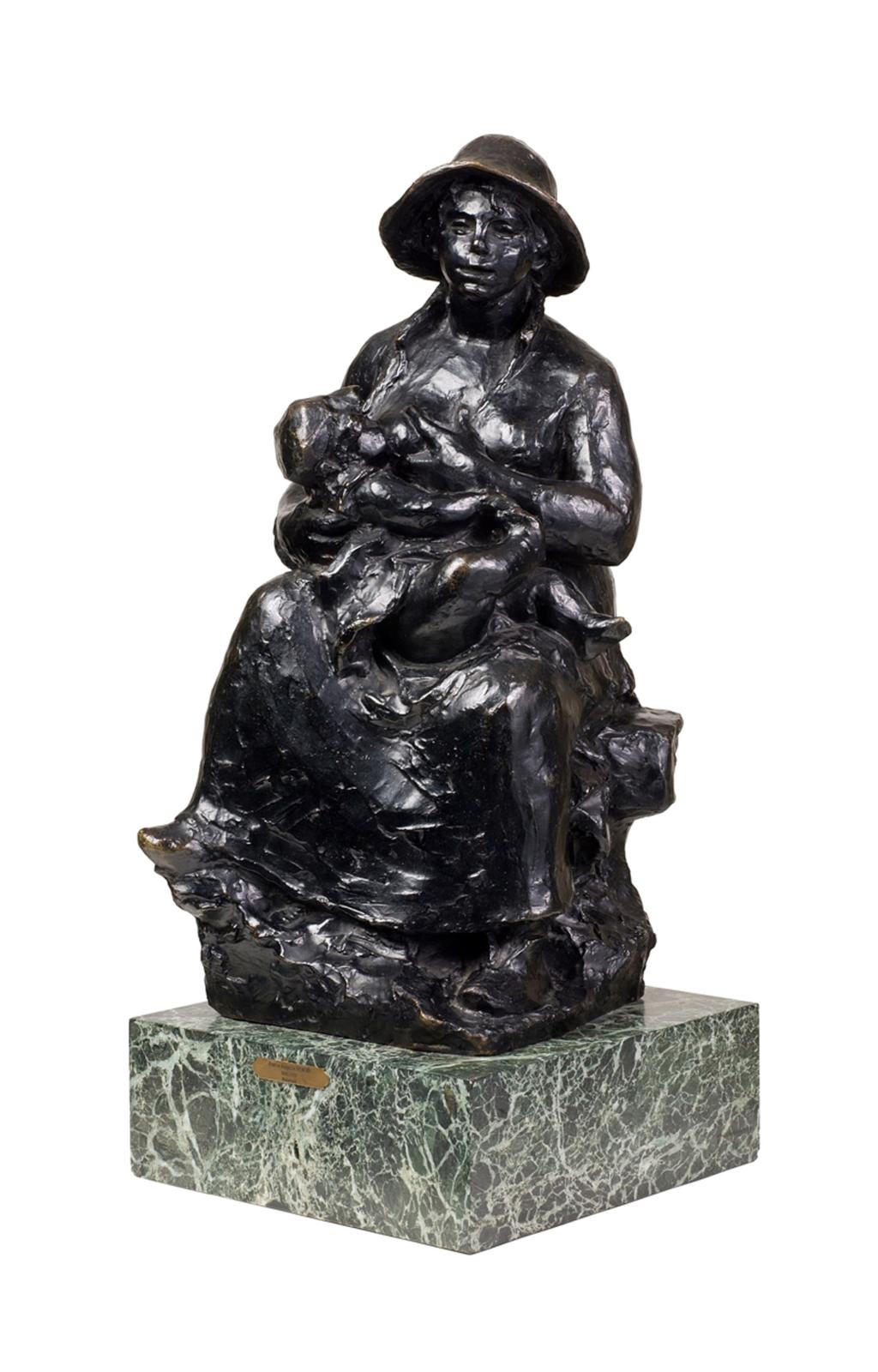artist
Renoir seems to have had the enviable ability to see anything as potentially of interest. More than any of the Impressionists, he found beauty and charm in the modern sights of Paris. He does not go deep into the substance of what he sees but seizes upon its appearance, grasping its generalities, which then enables the spectator to respond with immediate pleasure. "Pleasure" may be decried by the puritanical instinct within us all, but it is surely the necessary enhancer that life needs. It also signifies a change from Realism: the Impressionists' paintings have none of the labored toll of Millet's peasants, for example. Instead they depict delightful, intimate scenes of the French middle class at leisure in the country or at cafes and concerts in Paris. Renoir always took a simple pleasure in whatever met his good-humored attention, but he refused to let what he saw dominate what he wanted to paint. Again he deliberately sets out to give the impression, the sensation of something, its generalities, its glancing life. Maybe, ideally, everything is worthy of attentive scrutiny, but in practice there is no time. We remember only what takes our immediate notice as we move along.
Renoir did not turn to sculpture until late in his career, and only produced two pieces himself. In 1913 Renoir began working with young Catalan artist and student of Aristide Maillol, Richard Guino. He established a working method in which Renoir would select one of his paintings, and under close supervision, Guino would model the image into a three-dimensional clay work.
Some information excerpted from "Sister Wendy's Story of Painting."
provenance
Claude Aguttes SAS Paris 2003








